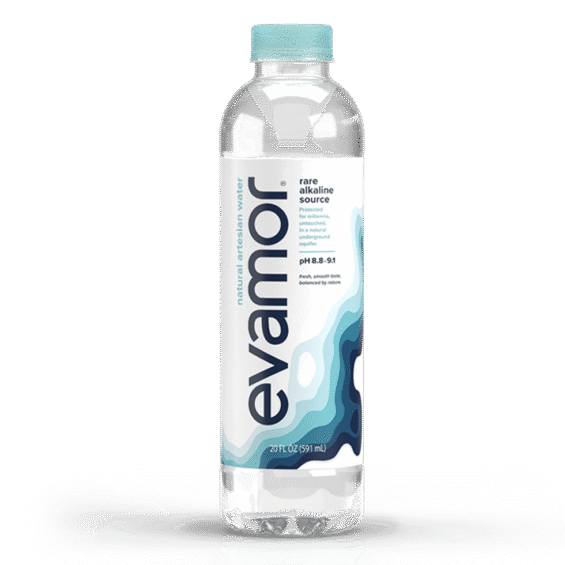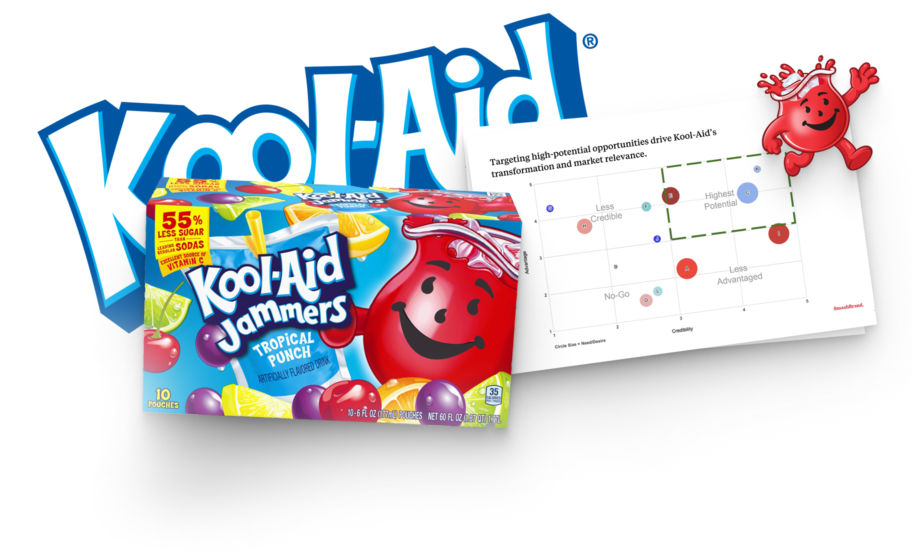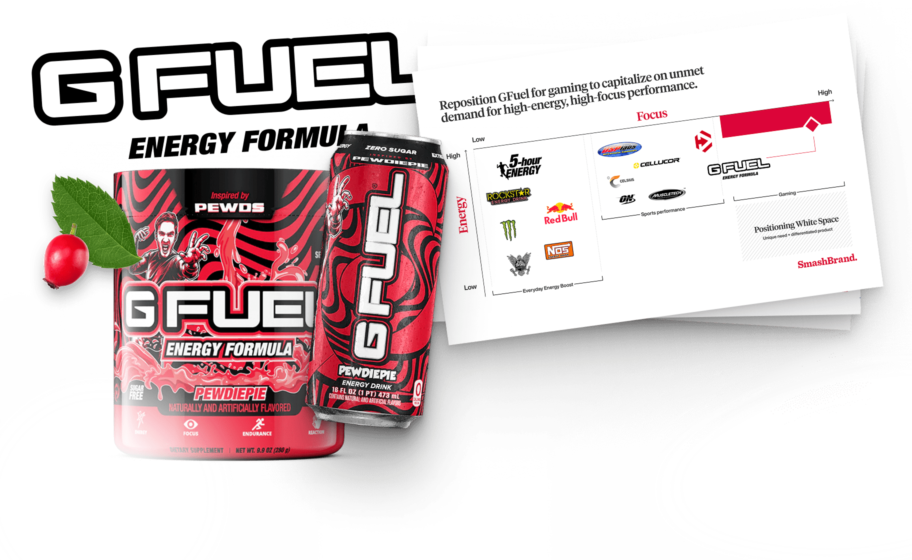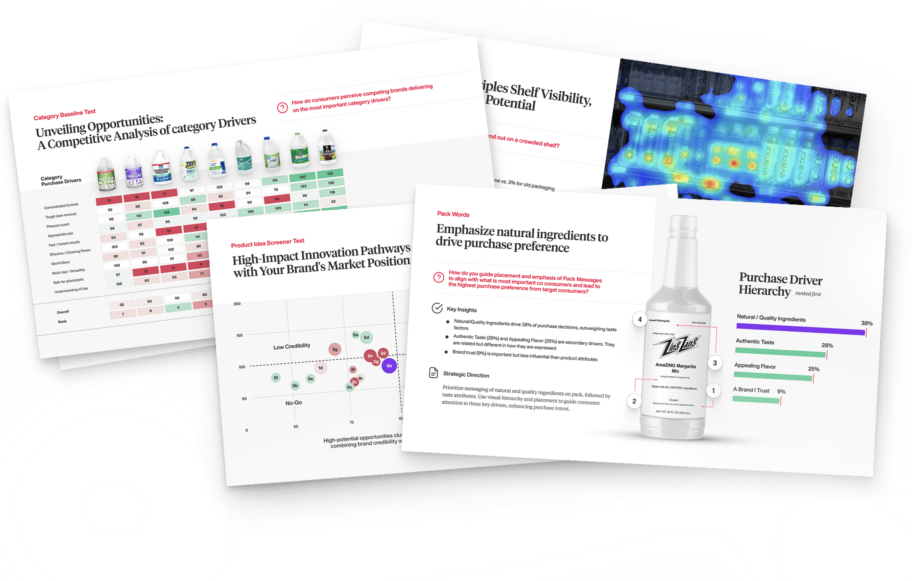In today’s fast-moving market, staying relevant is no longer an option. It is a basic necessity to survive. As market trends shift and competition increases, companies often face a critical decision: brand refresh vs rebrand.
The difference matters. A refreshed brand maintains core elements of your current branding while updating visuals, tone, or messaging to stay aligned with audience expectations. It’s ideal for reconnecting with your existing customer base without causing disruption.
A rebrand, on the other hand, signals a significant change, a strategic overhaul that can reshape brand perception, reposition your offering, or support a brand extension into new markets. Choosing between the two depends on your marketing strategy, your goals, and the level of change your brand needs to thrive.
In this article, we’ll break down the key differences between a brand refresh and a rebrand, helping you choose the right move for your brand’s next chapter.
What is a rebrand?
Based on a company’s brand positioning, it may choose one of the three main rebranding strategies: a complete or partial rebrand.
A rebrand is a strategic transformation of a company’s brand elements, such as visual identity, messaging, and tone, to better reflect its evolving market position and meet the needs of its audience. Unlike a simple brand update, a rebrand typically signals a more profound shift in how a company wants to be perceived.
The goal? Renew relevance, sharpen competitive edge, and align more closely with market trends. Whether driven by expansion, repositioning, or a need to correct declining brand consistency, a rebrand reshapes perception at a foundational level.
Companies often begin with a brand audit to assess their current position and identify areas for improvement. From there, they may opt for a brand relaunch either as a complete transformation or a partial refresh, depending on their strategy.
For example, Sabra, known for its chickpea-based products, executed a thoughtful brand revamp. By updating its packaging, Sabra created a cleaner, more sensory-driven visual identity that speaks to strength and flavor. This rebrand enhanced both shelf presence and alignment with core brand values.
What is a brand refresh?
Unlike a complete rebrand, a brand refresh is a more targeted effort, focusing on refinement rather than reinvention. It’s about brand identity updates that maintain equity while adjusting visual and verbal elements to stay aligned with evolving market expectations.
This approach is ideal when the core brand remains strong but needs a brand identity refresh to stay relevant. It often includes updates to logos, colors, typography, and messaging, a strategic brand refinement for manufacturers and consumer-facing brands alike.
A well-executed refresh branding effort ensures consistency while improving clarity, relevance, and emotional resonance. For example, Spindrift’s 2021 logo rebranding and packaging updates modernized the brand without compromising its natural essence, demonstrating the effectiveness of a refresh.
For brands navigating the rebrand vs refresh decision, a refresh is best when the foundation is solid, but the presentation needs to evolve. Working with a brand refresh agency can help ensure a balance between consistency and progression.
Ultimately, both brand refreshes and rebrandings play distinct roles in driving growth. The key is knowing when to update and when to overhaul.
Core elements of a rebrand and refresh.
During a brand redesign, two essential core elements can elevate the current brand identity: logo design and brand messaging. While both rebranding strategies focus on these elements, their approaches differ.
Logo design.
Rebrand: During a complete redesign, a company may develop a new logo from scratch to convey a new message to its target audience. Baskin-Robbins recently unveiled a new retro logo to attract new customers, retiring the old nostalgic one. According to the company, the new logo has helped attract new customers.
Refresh: In the event of a refresh, the company may tweak its existing logo to make it look modern and align it with the current market needs. As we saw in Instagram’s new logo, the company has made the lines thicker and the gradient friendlier.
Brand messaging.
Rebrand: The brand messaging involves a complete overhaul, revamping tone, voice, and messaging pillars to align with new positioning and enhance recognition.
Refresh: In a brand refresh, brand messaging is refined and fine-tuned to better resonate with the target audience while maintaining current positioning.
Website design.
In the modern world, having a robust online presence is fundamental to success. It enables companies to enhance their brand recognition and connect with potential customers worldwide. As a result, a company’s website is an essential component of its branding strategy. Therefore, it must be relevant to the audience’s preferences and market needs.
Rebranding a website.
Rebranding a website often involves a structural revamp. It can include reorganizing content, improving navigation, and optimizing site functionality to align with the new brand’s goals and message. It’s about creating a robust foundation to showcase the brand effectively.
A significant aspect of website rebranding is enhancing the user experience. It involves a substantial shift in the interface design, including layouts, fonts, and interactivity. The goal is to create a more engaging and user-friendly website that reflects the brand’s values and image.
Rebranding often brings forth new brand colors, logos, and visual elements. These changes are integrated into the website’s design to ensure consistency with the brand image, creating a unified and appealing online presence.
Refreshing a website.
In a website refresh, the focus is on updating the website’s visual elements, such as images, brand colors, and logos, without making significant structural alterations. This approach ensures that the website aligns with the current brand image but retains its core architecture.
Refreshing a website might entail adjusting color tones or typography to align with evolving design trends or brand guidelines. These modifications maintain the website’s visual appeal while preserving its existing structure and layout.
Packaging Design
Packaging design is a key component in a rebranding campaign, often involving new graphics, brand colors, and messaging that reflect the updated brand image. In contrast, repositioning primarily focuses on altering the perception of the product’s value and use within the existing packaging. Both require careful consideration in a rebranding checklist. Let’s discuss how packaging design is handled in rebranding versus repositioning.
Packaging Design Rebrand
A packaging design rebrand involves a complete overhaul of the existing packaging approach. It’s a strategic shift to align the product’s presentation with the brand’s new identity, messaging, and objectives. This comprehensive transformation ensures that the packaging resonates effectively with the target audience and aligns with the brand repositioning goals.
The rebrand may entail significant changes in packaging material, shape, or functionality to adapt to new market dynamics or appeal to a different customer base. It can involve adopting eco-friendly materials, innovative shapes, or functional features that enhance the product’s value and appeal.
In a packaging design rebrand, new messaging and logo placement are pivotal. These elements effectively communicate the benefits of the rebranding, reinforcing the brand’s fresh identity and positioning and ensuring that the product packaging aligns seamlessly with the broader brand strategy.
Packaging design refresh.
Unlike a redesign, a packaging refresh focuses on making subtle updates to modernize the appearance of the packaging without fundamentally altering its design. This approach aims to keep the packaging current and appealing.
Refreshes often involve tweaking color schemes or visual motifs to align with evolving packaging design trends or maintain a contemporary look. These changes are more about refinement than a complete rebrand.
Messaging adjustments in a refresh typically involve fine-tuning the language to better resonate with the target audience while preserving the core brand essence. The goal is to enhance the packaging’s effectiveness without changing the brand identity.
Social media presence.
Managing a company’s social media presence can vary significantly during a rebrand or brand refresh. The approach taken depends on the specific circumstances. Sometimes, a company might opt for a subtle update, much like Google has done on several occasions, to infuse a more modern feel into its logo design. In scenarios such as mergers and acquisitions, a company may opt to undertake a comprehensive overhaul of its social media presence.
Social media rebrand.
A social media rebrand involves changing profile names and accounts to reflect the brand’s identity and positioning. The primary purpose is to produce a coherent brand voice and enhance brand awareness.
It involves realigning the messaging, tone, and visuals with the updated brand position. These changes create a cohesive and consistent look across social media platforms, reinforcing the brand evolution.
Social media refresh.
In a refresh, profile pictures, banners, or visuals may be updated to align with current design trends, but the brand’s core identity remains intact. The aim is to keep the brand looking fresh without altering its brand essence.
A social media refresh may involve minor adjustments to the content strategy or posting frequency to stay current with audience preferences and maintain engagement without necessitating a complete shift in the brand voice.
Considerations when choosing a rebrand or refresh.
When deciding between a rebrand or a refresh, several critical factors come into play. Your choice should align with your business objectives and the context in which you find yourself. Here are key considerations:
Business growth or pivot.
When a company experiences significant growth or undergoes a fundamental change in its business model, a rebrand can be a strategic choice. But, if the increase or pivot is more gradual and the current brand still effectively resonates with your target market, a refresh may be the more practical option.
Customer feedback and market demands.
If thorough market research and customer feedback reveal a misalignment between the current brand and what the target market desires, a rebrand can effectively address these discrepancies.
It allows companies to reposition themselves to meet market demands and rebuild connections with their audience. In contrast, refreshing a brand that aligns with customer preferences can bring it up to date without straying from its essence.
Changes in leadership or company vision.
A change in leadership or a significant shift in a company’s vision often necessitates a rebrand. It allows businesses to present the new leadership’s direction and vision cohesively, reaffirming your brand story and purpose.
It can be critical to maintaining trust and transparency during leadership transitions. If the changes in leadership or vision are more subtle, a refresh can adapt the branding elements to an evolving narrative while maintaining continuity.
Budget and resources.
A complete rebrand demands significant resources in terms of budget and time. A rebrand is worth considering if your resources align with your strategic goals.
For budget-conscious companies, a refresh offers a cost-effective solution. It updates your brand’s look and messaging without the financial burden of a complete rebrand, making it a practical choice when resources are limited but adaptation is necessary.
Weighing the risks and rewards.
When contemplating a rebrand or refresh, it’s essential to acknowledge potential challenges and backlash. These may include resistance from existing customers, misalignment with brand guidelines, or a disconnect with the new audience. It’s critical to carefully assess the risks of rebranding carefully.
On the flip side, successful rebranding or refreshing can yield substantial rewards. It can attract new audiences, revitalize marketing material, and rekindle customer interest. Rebranding benefits include enhanced brand relevance and a competitive edge in the market. Evaluating these risks and rewards is pivotal in making an informed decision for your brand’s future.
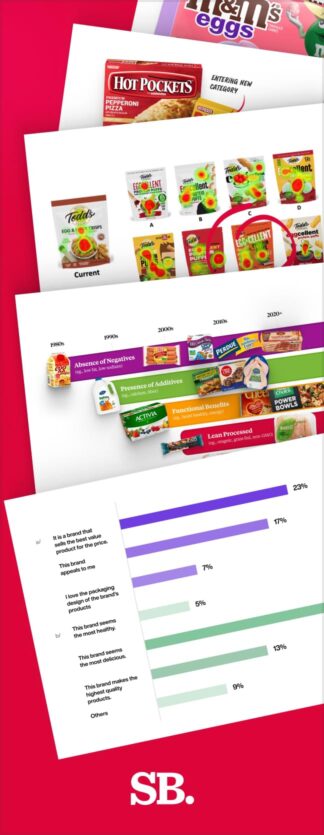
Nice Package
Don’t miss out on our monthly newsletter Nice Package!
Each month, we deliver a data-driven newsletter directly to your inbox, unpacking a critical topic in the FMCG & CPG industry.
"*" indicates required fields
Data-driven brand development that can guarantee sales performance.
If you need a rebrand or brand refresh strategy with performance predictability, we can help. SmashBrand is a rebranding agency that researches, designs, and tests all products to ensure peak shelf performance. Book a time to discuss your project with our team.
Subscribe to
Nice Package.
A monthly newsletter that unpacks a critical topic in the FMCG & CPG industry.
Free Resource.

CPG product repositioning guide.
Explore the five undeniable signs your CPG product needs repositioning along with strategies for leveraging consumer insights for a guaranteed market lift.
Learn More About CPG product repositioning guide.
